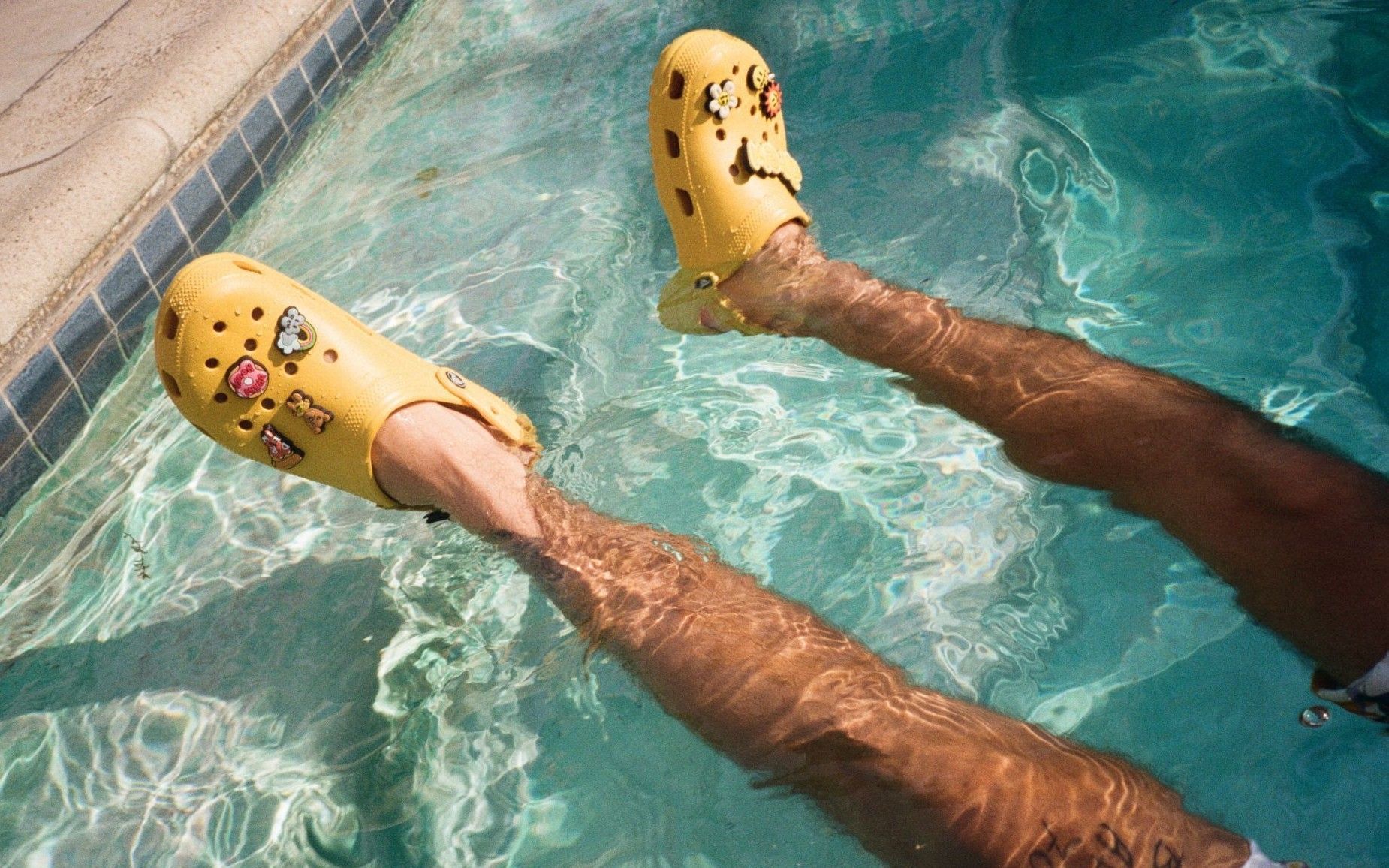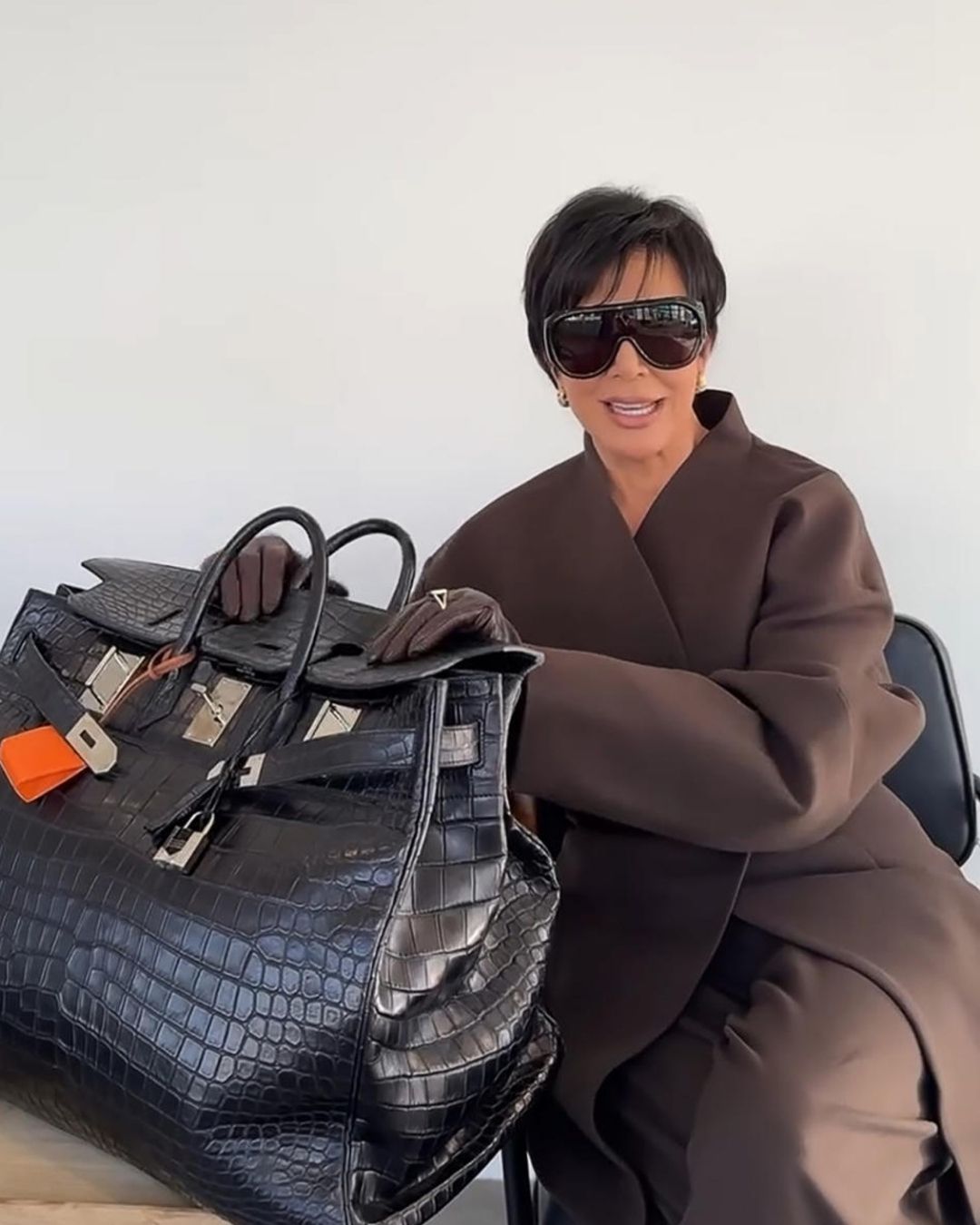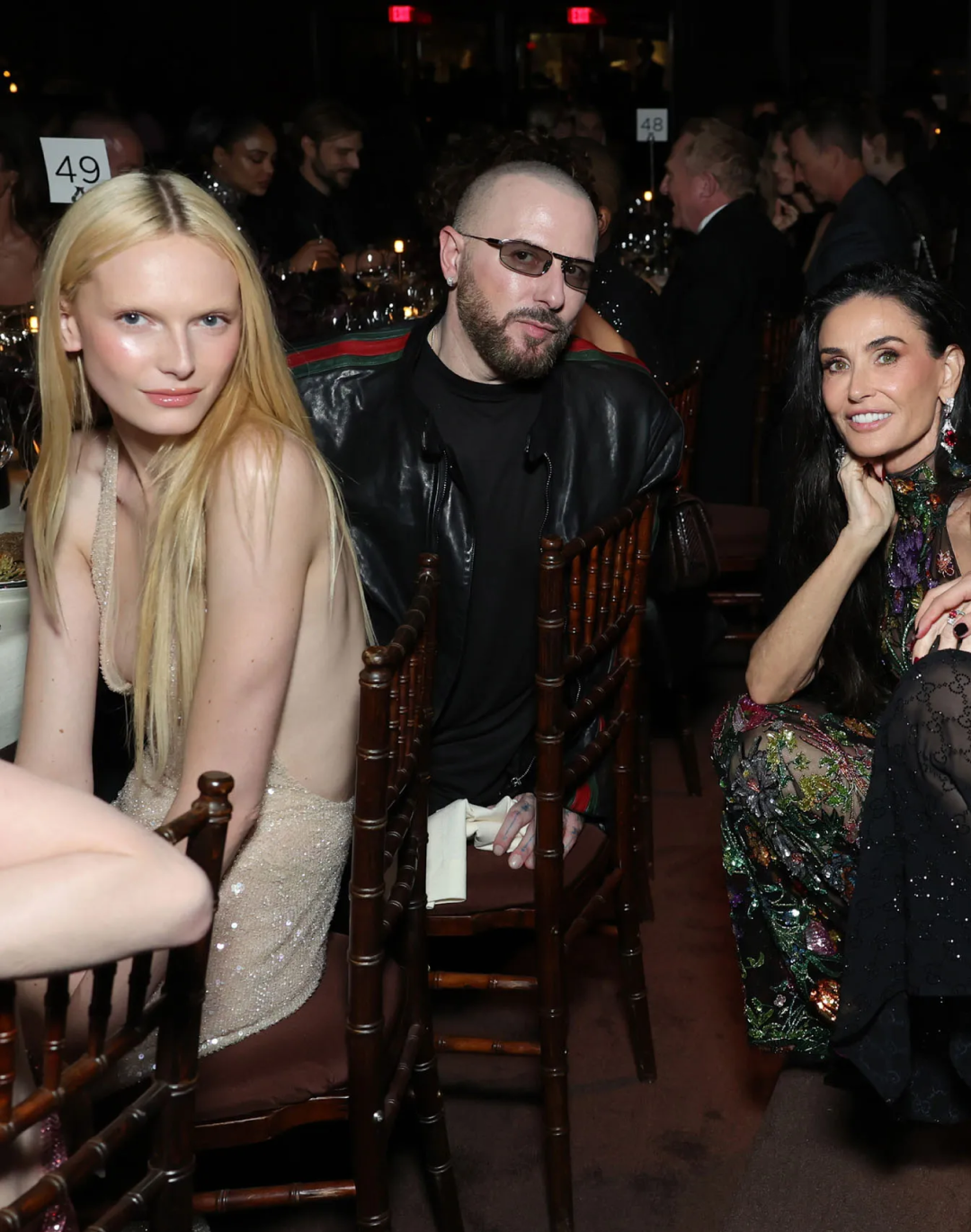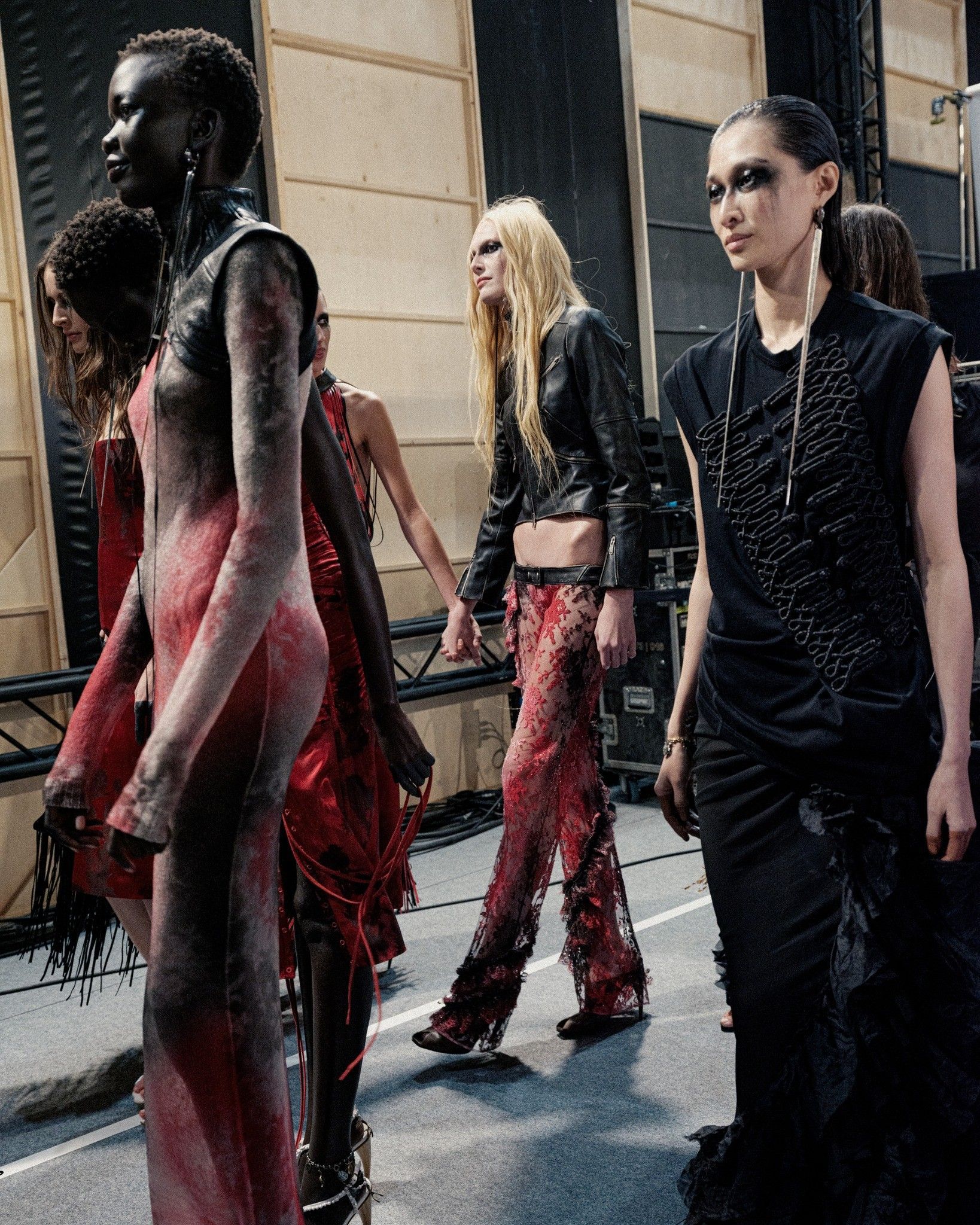
Crocs is among the most sought-after brands in the counterfeit market Counterfeit versions of the brand's clogs are more in demand than Balenciaga fakes
The surest sign of success is imitators. Something that the fashion world knows well, given that its fight against fakes and counterfeit products has lasted for many decades now and has been fought with practically every means available: identification codes, authentication guides, blockchain. None of these has definitively solved the problem, however, and even today the counterfeit products of fashion brands are as abundant as ever, reaching the point of spreading online. In the U.S., Uswitch conducted a search analyzing Google search data to reveal which are the most sought-after brands in the counterfeit market. Surprisingly, however, in the Top 5 of the most sought-after brands, just after the predictable Rolex, Louis Vuitton, Guccy and Yeezy, there is Crocs, whose fake products are more sought after than those of Balenciaga e Off-White™.
With an average of 25,200 searches on an annual basis, fake versions of Crocs clogs seem to have become more desirable than Nike fakes and Balenciaga's Triple S. And that's also why the brand sued about 19 brands for copyright infringement this year. The news, although certainly not very positive in itself, is however sure evidence of the repositioning of Crocs on the market – a brand that has gone from being known to provide comfortable footwear to cooks and doctors in the hospital to co-signing clog with Salehe Bembury, Justin Bieber and Post Malone. Crocs' shot took place during 2020, when the rise of cozy clothing made clogs and sandals immensely popular and the brand implemented a growth strategy based on a series of targeted collaborations that allowed it to get in touch with different subcultures, fandom and market segments. During the same year, the popularity of items such as the Yeezy Foam Runner and the Balenciaga SS22 shoes created with Crocs managed to drive the brand's image by making it dialogue with the world of designer clothing, while the presence of rubber and foam clogs and slippers became pervasive in many collections of luxury brands, from 1017 Alyx 9SM to Gucci and Bottega Veneta.
Crocs' growth strategy was based on a rationalization of flagship stores and wholesalers and focusing on direct sales based on digital channels, which has now become the source of 52% of the brand's revenue. Another strong point of the strategy has been a reduction in lines and models on sale, cut by 50% in recent years, which has made the brand's aesthetics more precise and distinctive, and instead dedicating itself to frequent collaborative drops in limited edition both with individual endorsers, both with big brands such as KFC and Coca Cola and with luxury brands such as Balenciaga. But also focusing on personalization with the relaunch of its line of Jibbitz charms whose sales are duplicated during the year, managing to gain visibility on social platforms such as TikTok. Thanks to its accessibility and price points, Crocs has also managed to succeed among the members of Gen Z as CEO Andrew Rees explained to Business of Fashion:
«People refer to Crocs as ugly shoes and I think Gen-Z likes that because it references how they embrace imperfections».




























































